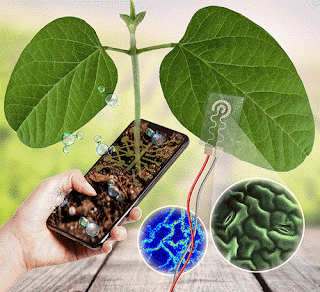MIT Researchers have developed "Programmable Droplets"
Using electric fields to manipulate droplets on a surface could enable high-volume, low-cost biology experiments.
MIT researchers have developed hardware that uses electric fields to move droplets of chemical or biological solutions around a surface, mixing them in ways that could be used to test thousands of reactions in parallel.
The researchers view their system as an alternative to the microfluidic devices now commonly used in biological research, in which biological solutions are pumped through microscopic channels connected by mechanical valves. The new approach, which moves solutions around in computationally prescribed patterns, could enable experiments to be conducted more efficiently, cost-effectively, and at larger scales. Watch on YouTube
With his new system thousands of droplets could be deposited on the surface of his device, and they would automatically move around to carry out biological experiments.
The system includes software that allows users to describe, at a high level of generality, the experiments they wish to conduct. The software then automatically calculates droplets’ paths across the surface and coordinates the timing of successive operations.




Comments
Post a Comment